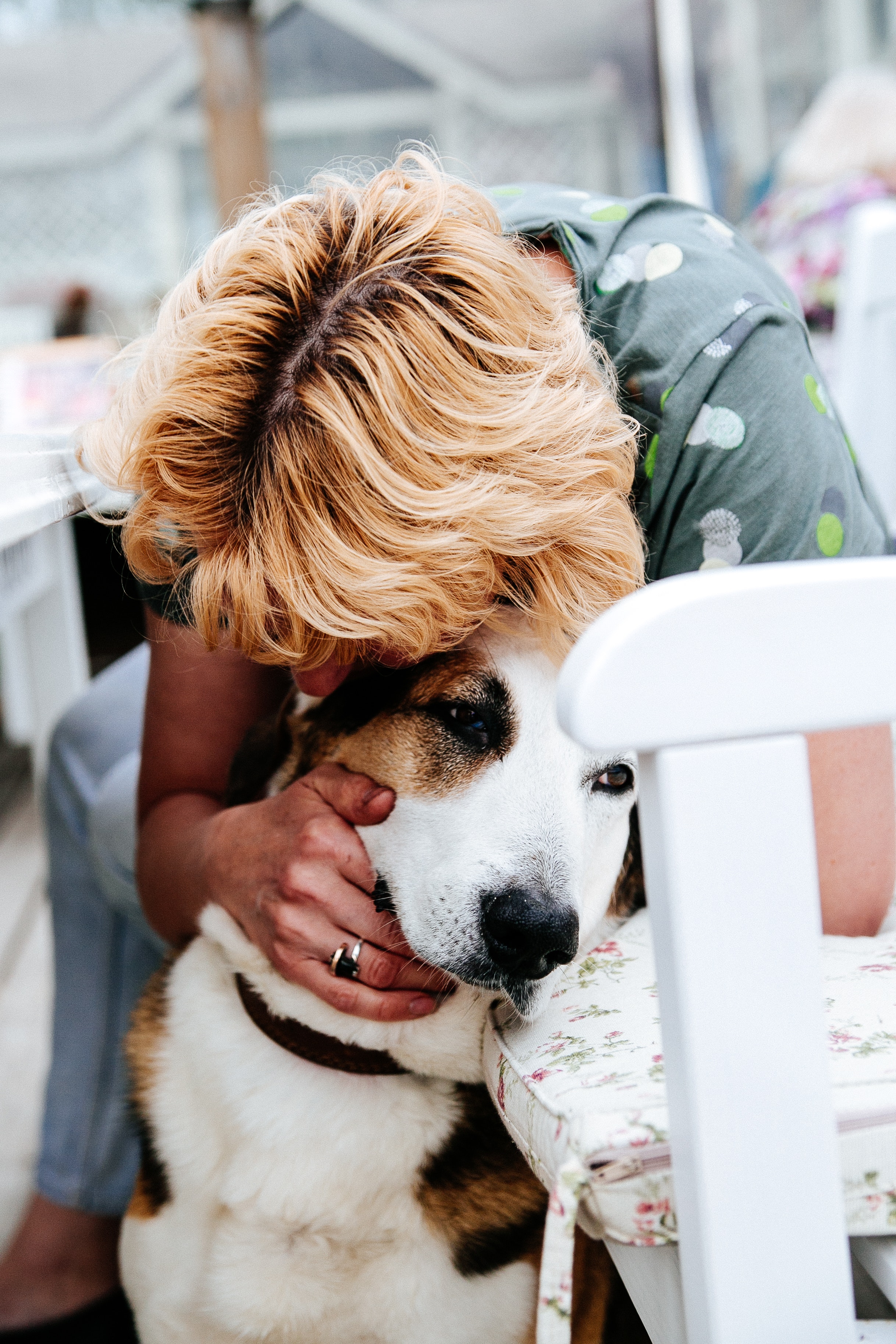Facts About Euthanasia (Small Animals)
 When an owner and veterinarian decide that a pet is suffering or unlikely to make a recovery, euthanasia offers a way to end a pet's pain. The decision is difficult for both the owner and the veterinarian, but we should recognize that sometimes this is the kindest thing we can do in the final stage of a pet's life.
When an owner and veterinarian decide that a pet is suffering or unlikely to make a recovery, euthanasia offers a way to end a pet's pain. The decision is difficult for both the owner and the veterinarian, but we should recognize that sometimes this is the kindest thing we can do in the final stage of a pet's life.
Understanding how the procedure is performed may help an owner in this decision. It may also help an owner decide whether they wish to be present during the euthanasia. Initially, a pet is made as comfortable as possible. Some veterinarians will perform the procedure in a pet's home. If the animal is brought to the hospital, veterinarians often chose a quiet room where the pet will feel more at ease. Sometimes a mild sedative or tranquilizer is first given if the animal appears anxious or painful. Frequently an indwelling catheter is placed in the pet's vein to ensure that the euthanasia solution is delivered quickly. The euthanasia solution is usually a barbiturate- the same class of drugs used for general anesthesia. At a much higher dose, this solution provides not only the same effects as general anesthesia (loss of consciousness, loss of pain sensation), but suppresses the cardiovascular and respiratory systems. As the solution is injected, the animal loses consciousness and within minutes the heart and lungs stop functioning. Since the pet is not conscious, they do not feel anything. Most times, the animal passes away so smoothly, that it is difficult to tell until the veterinarian listens for absence of a heartbeat. The eyes remain open in most cases. Sometimes, the last few breaths are what's termed "agonal", meaning involuntary muscle contractions but again, the pet is not aware at this point. After the animal dies, there is complete muscle relaxation, often accompanied by urination and defecation. This is completely normal and is something an owner should expect. In addition, after death, chemicals normally stored in nerve endings are released causing occasional muscle twitching in the early post-mortem period. Many owners who chose to stay with their pets are surprised how quickly and easily the pet is put to rest.
The decision to stay or not stay with a pet is a very personal one. Some owners feel they could comfort their pet in its final minutes. Others feel their emotional upset would only upset their pet. Those who choose not to stay may wish to view the pet's body after the procedure is complete. Euthanasia is emotional for veterinarians as well. Sometimes, the veterinarian has known the pet for a long time or has tried very hard to make the animal well again. James Herriot stated the view of most veterinarians in All Things Wise and Wonderful:
"Like all vets I hated doing this, painless though it was, but to me there has always been a comfort in the knowledge that the last thing these helpless animals knew was the sound of a friendly voice and the touch of a gentle hand."
If you have any questions regarding the process of euthanasia, please contact your local veterinarian. He or she should be happy to provide the answers for you. Or, please call us at the hotline number.
- Dr. Laura Eirmann, DVM


